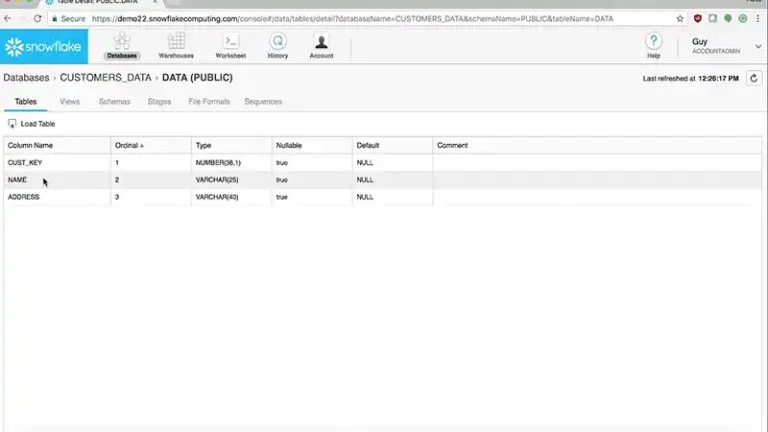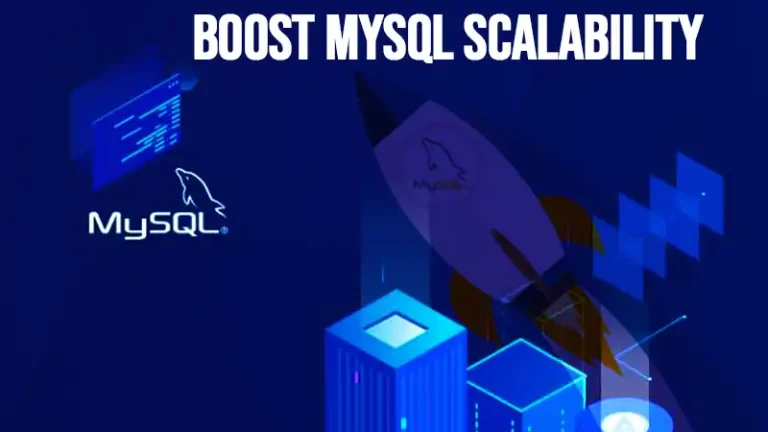Basic Components of Cloud Computing: Demystifying the Cloud
Cloud computing has revolutionized the way businesses and individuals store, access, and process data. It offers a flexible and scalable solution that allows users to leverage computing resources on-demand. To grasp the fundamentals of cloud computing, it’s essential to understand its basic components.
The main components consist of infrastructure as a service, platform as service, software, public cloud, private cloud, virtualization and so on. This article aims to provide a comprehensive overview of the key components that make up cloud computing along with their respective roles and functionalities.

Basic Components of Cloud Computing
Cloud computing comprises several fundamental components that work together to deliver on-demand computing resources over the internet. These components include:
1. Infrastructure as a Service (IaaS):
IaaS provides virtualized computing resources over the internet. It includes servers, storage, and networking components that users can rent on a pay-as-you-go basis. With IaaS, users have control over their infrastructure without managing physical hardware.
2. Platform as a Service (PaaS):
PaaS offers a platform allowing customers to develop, run, and manage applications without dealing with the underlying infrastructure. It provides tools and environments for software development, simplifying the deployment process.
3. Software as a Service (SaaS):
SaaS delivers software applications over the internet on a subscription basis. Users can access these applications through a web browser without needing to install or maintain them locally. Common examples include email services, CRM software, and productivity suites like Google Workspace or Microsoft 365.
4. Public Cloud:
Public clouds are owned and operated by third-party cloud service providers, making resources like servers and storage available over the internet to the general public. Users share these resources, benefiting from cost efficiencies and scalability.
5. Private Cloud:
Private clouds are dedicated environments used exclusively by a single organization. They offer greater control, customization, and security but require significant resources to set up and maintain.
6. Hybrid Cloud:
A hybrid cloud combines both public and private cloud infrastructure, allowing data and applications to be shared between them. It provides flexibility, enabling organizations to utilize the scalability of the public cloud while keeping sensitive data in a private environment.
7. Virtualization:
Virtualization allows multiple virtual instances (servers, desktops, storage devices) to run on a single physical machine. It optimizes resource utilization, enhances scalability, and facilitates easy management of resources.
8. Networking:
Cloud networking involves connecting various components within a cloud environment. It includes virtual networks, load balancers, firewalls, and other network-related services to ensure secure and efficient communication between resources.
Key Features of Cloud Computing Components
The cloud computing has numerous benefits. The next section explains a few of the main benefits.
- Scalability and Flexibility: Users can easily scale resources up or down based on demand, ensuring efficient resource utilization.
- Cost Efficiency: Pay-as-you-go models allow users to pay only for the resources they use, reducing upfront costs.
- Accessibility: Cloud services can be accessed from anywhere with an internet connection, promoting collaboration and remote work.
- Reliability and Redundancy: Cloud providers offer redundancy and backups, minimizing the risk of data loss due to hardware failures.
Frequently Asked Questions
Can I use multiple cloud computing components together in my application?
Absolutely! Cloud computing components are designed to work together seamlessly. You can combine different components like IaaS, PaaS, SaaS, STaaS, and NaaS to create a comprehensive and customized cloud computing solution that meets your specific requirements.
Are there any security concerns when using cloud computing components?
Security is a crucial aspect of cloud computing. While cloud providers implement robust security measures, it’s essential for users to take necessary precautions like implementing strong access controls, encryption, and regular security audits to protect their data and applications.
Can I switch between cloud computing providers if needed?
Yes, cloud computing providers offer flexibility, allowing users to migrate their applications and data from one provider to another if necessary. However, it’s important to consider factors like compatibility, data transfer costs, and potential downtime during the migration process.
To Conclude
Grasping the basic components of cloud computing is essential for leveraging its benefits effectively. Whether it’s IaaS, PaaS, or SaaS, each component plays a crucial role in delivering computing services and resources over the internet, revolutionizing how businesses and individuals approach IT infrastructure and applications.







